
- Home
- Photography Tours
- Diary / Blog
- Galleries
- Foreign Trips
- Tasmania 2016
- NE Queensland 2016
- Western Alps 2016
- NE Spain 2016
- Australia's Wet Tropics 2015
- Australia's Top End 2015
- SW Australia 2015
- Switzerland 2015
- Andalucia 2015
- Belize 2015
- Australia 2014
- Switzerland 2014
- Belize 2014
- Bahama Islands 2014
- Switzerland 2013
- Ecuador 2012-2013
- Florida 2011-2012
- Vancouver Island 2011
- Australia 2010
- Peru 2008
- Bulgaria 2007
- Lesvos 2006
- California 2006
- New Zealand 2005
- Extremadura 2005
- Goa, India 2004
- The Gambia 2003
- About
July 2017
Attenborough Nature Reserve, Nottinghamshire
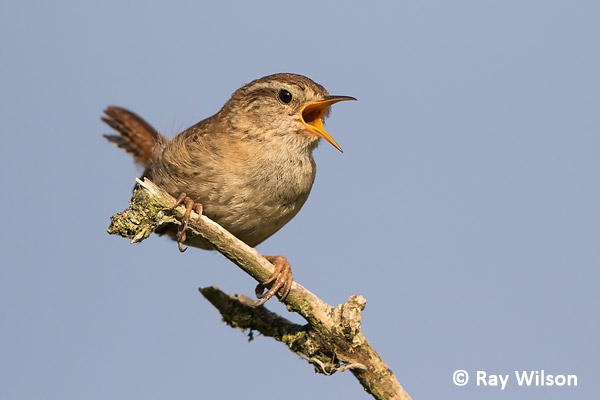
Northern Wren (Troglodytes troglodytes)
Most songbirds have more or less stopped singing by the time July comes along but the Wrens and Blackcaps were still occasionally belting out a tune or two.
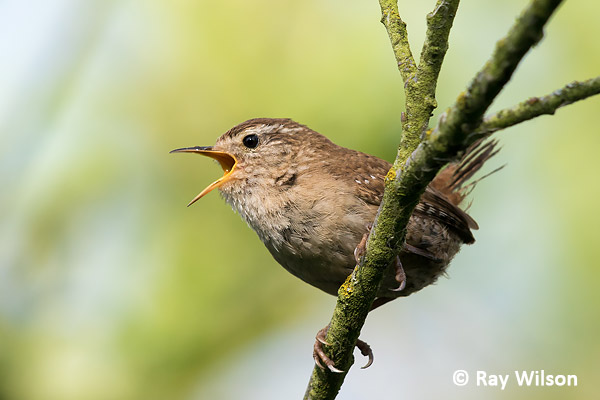
Northern Wren (Troglodytes troglodytes)
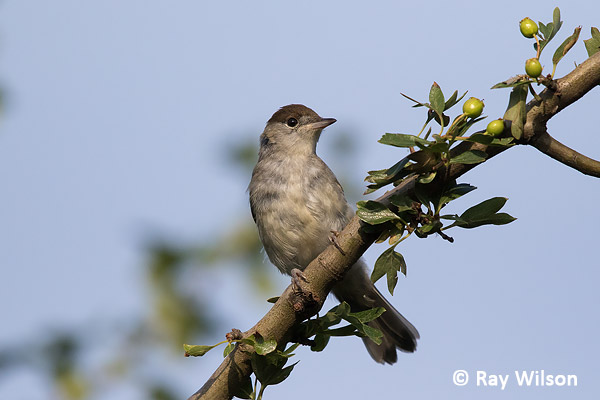
female Blackcap (Sylvia atricapilla)
Several pairs of Blackcap had nested along the main path at Attenborough reserve and throughout the first half of the month the adults could regularly be seen collecting food for their recently fledged young.

male Blackcap (Sylvia atricapilla)
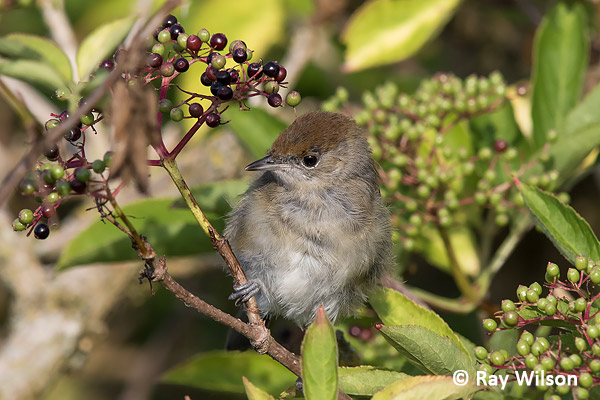
immature Blackcap (Sylvia atricapilla)
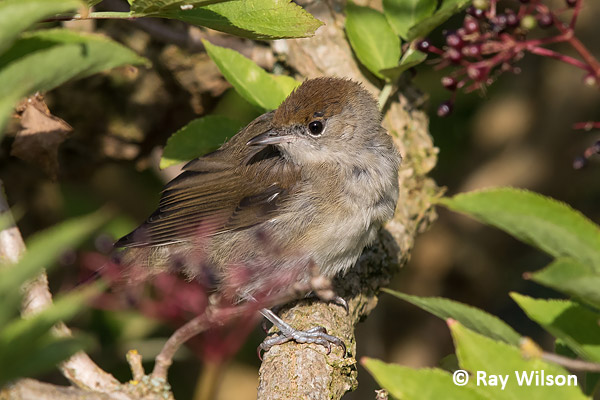
immature Blackcap (Sylvia atricapilla)
The adult Whitethroats were beginning to show the strain of parenthood and were starting to look a bit scruffy.
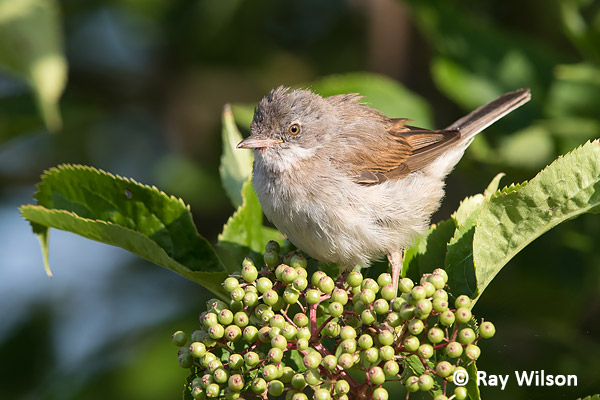
male Common Whitethroat (Sylvia communis)
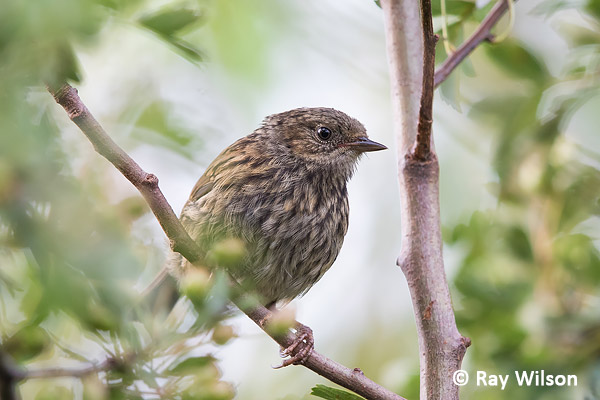
immature Dunnock (Prunella modularis)
Immature Dunnocks are more heavily streaked than adults.
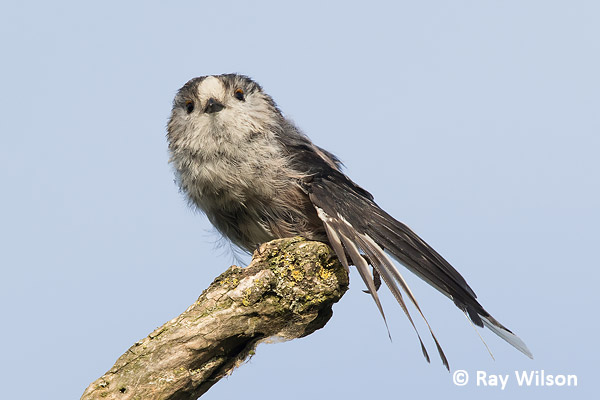
Long-tailed Tit (Aegithalos caudatus)
Long-tailed Tits seem to have had another good year and several large family groups could usually be found roaming around the willows bordering the paths.
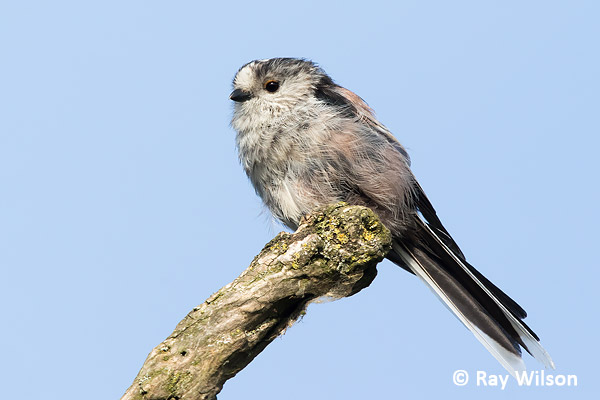
Long-tailed Tit (Aegithalos caudatus)
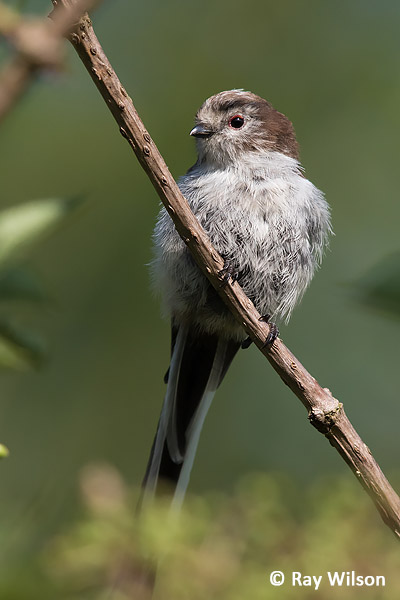 Long-tailed Tit (Aegithalos caudatus) |
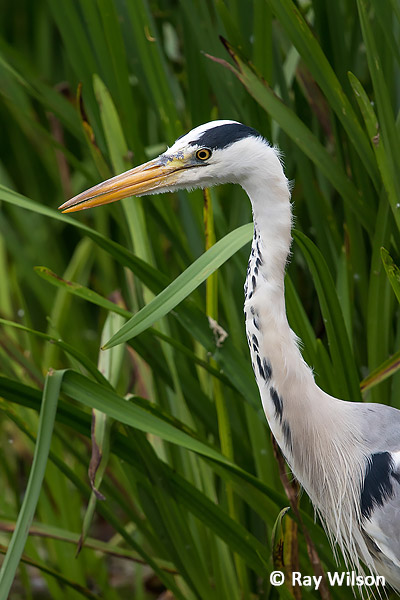
Grey Heron (Ardea cinerea) |
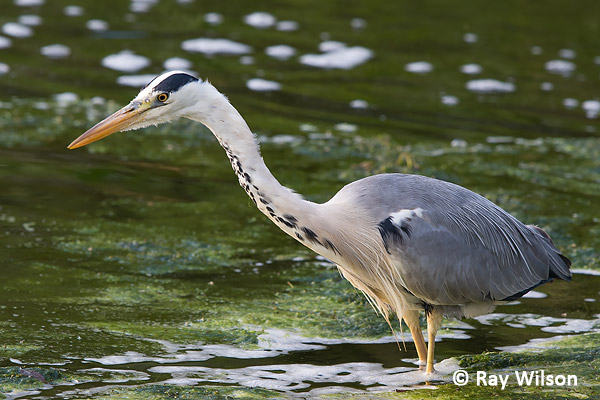
Grey Heron (Ardea cinerea)
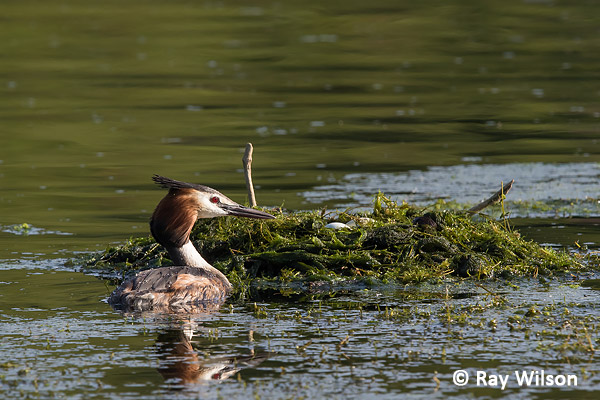
male Great Crested Grebe (Podiceps cristatus)
One of the pairs of Great Crested Grebes on the main pond had built their nest in a photographable location so I spent a decent amount of time watching their progress.
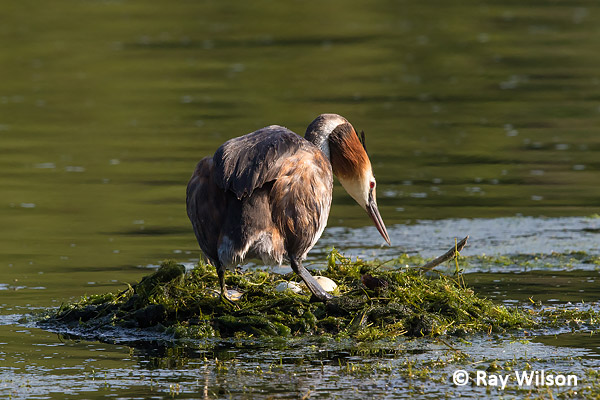
male Great Crested Grebe (Podiceps cristatus)
Great Crested Grebes lay their eggs at 48 hour intervals, so it took over 2 weeks for the female to finish laying her clutch of 9 eggs. This is an extremely large clutch size and is at the upper limit for a Great Crested Grebe as I have not seen any documented reports of a pair laying more than 9. The usual clutch size is between 2-6 eggs.
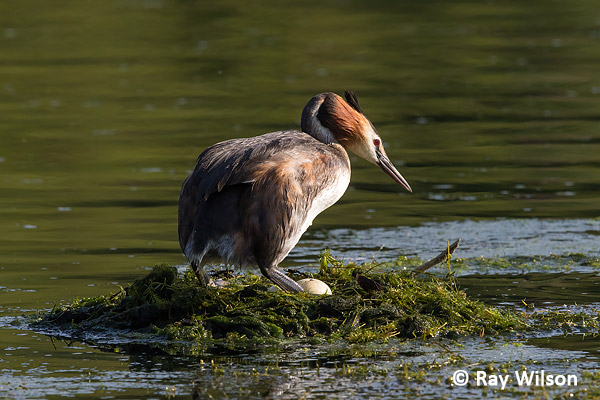
male Great Crested Grebe (Podiceps cristatus)
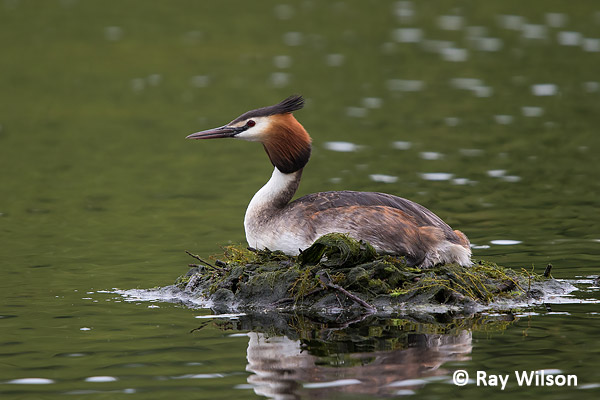
male Great Crested Grebe (Podiceps cristatus)

Common Moorhen (Gallinula chloropus)

female Tufted Duck (Aythya fuligula)
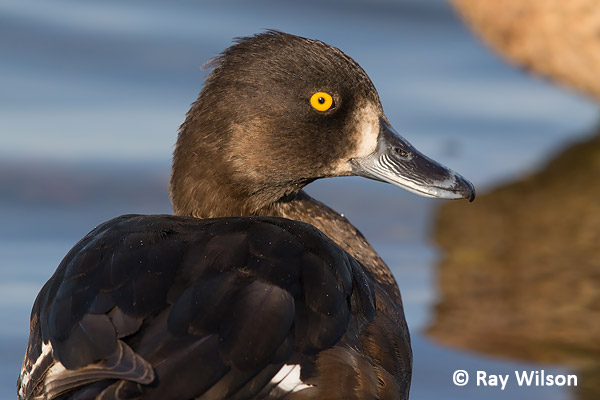
female Tufted Duck (Aythya fuligula)
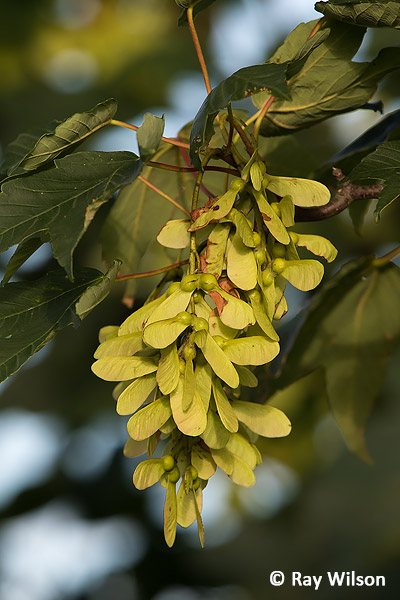
Sycamore seeds (Acer pseudoplatanus) |
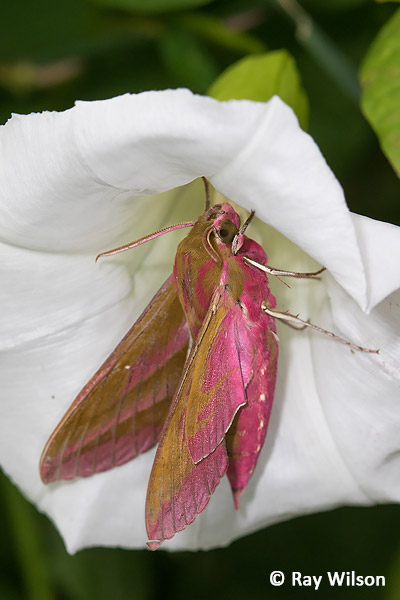
Elephant Hawkmoth (Deilephila elpenor) |
I ran the moth trap in my garden a couple of times in July and a few of the highlights from the moths attracted to the light are shown below.

Elephant Hawkmoth (Deilephila elpenor)
Probably the most spectacular moth I catch in my garden is the Elephant Hawkmoth and I would usually find 3 or 4 individuals of this large and colourful moth in the trap each time I ran it in July.
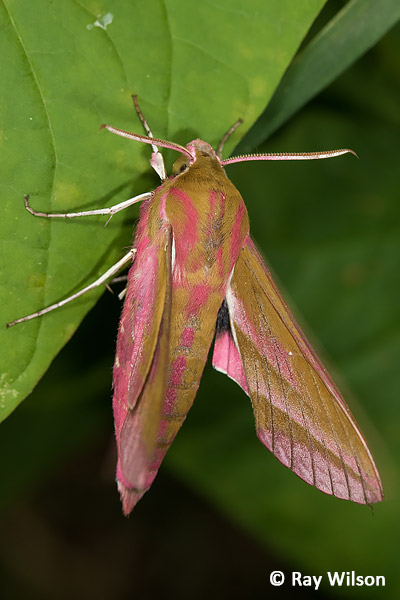
Elephant Hawkmoth (Deilephila elpenor) |
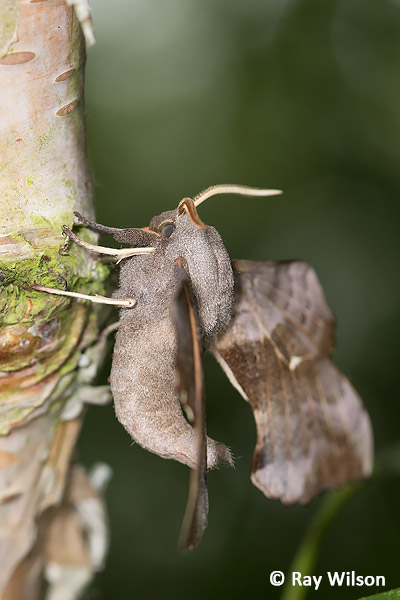
Poplar Hawkmoth (Laothoe populi) |
The oddly-shaped Poplar Hawkmoth was equally as common.
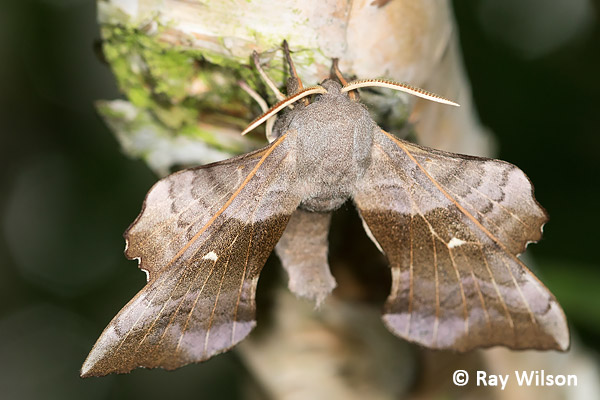
Poplar Hawkmoth (Laothoe populi)
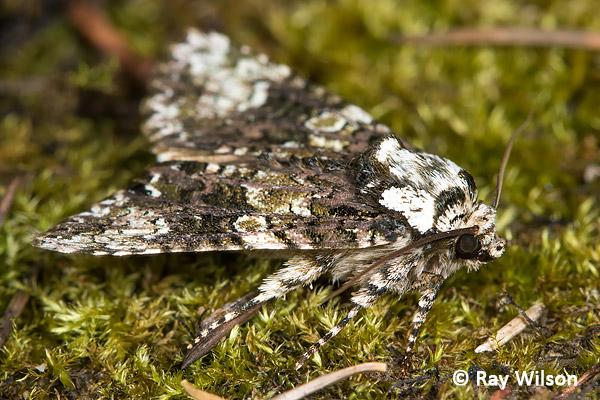
Coronet (Craniophora ligustri)
At the beginning of the month, Coronets were quite common. This is the first time I've recorded this pretty species in my garden so it was a bit of a highlight for me.
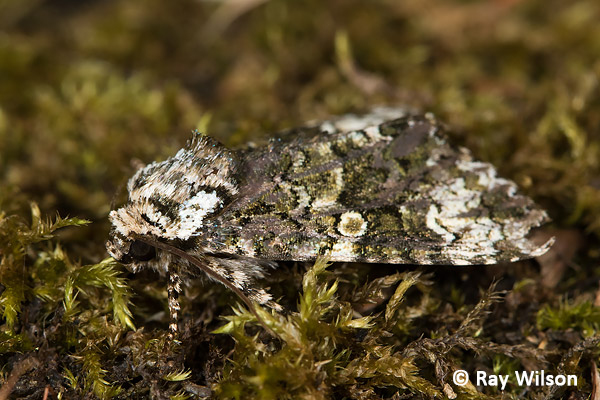
Coronet (Craniophora ligustri)
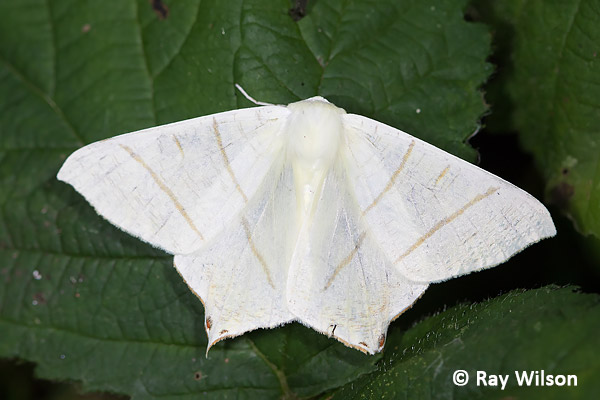
Swallow-tailed Moth (Ourapteryx sambucaria)
Swallow-tailed Moth, Brimstone Moth and Blood-vein were the most common Geometrids and were present every night I ran the trap.
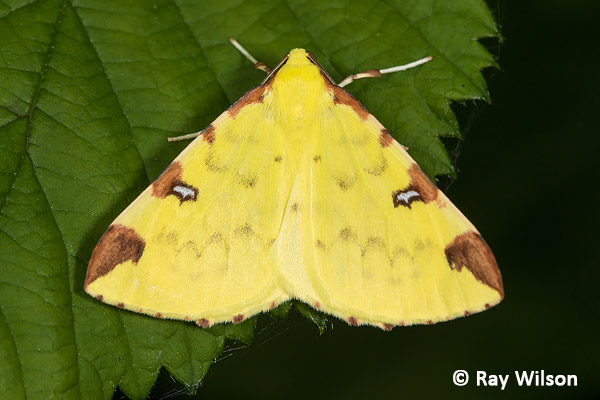
Brimstone Moth (Opisthograptis luteolata)
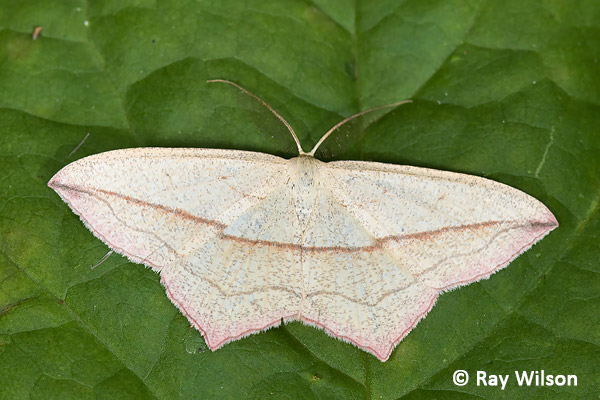
Blood-vein (Timandra comae)
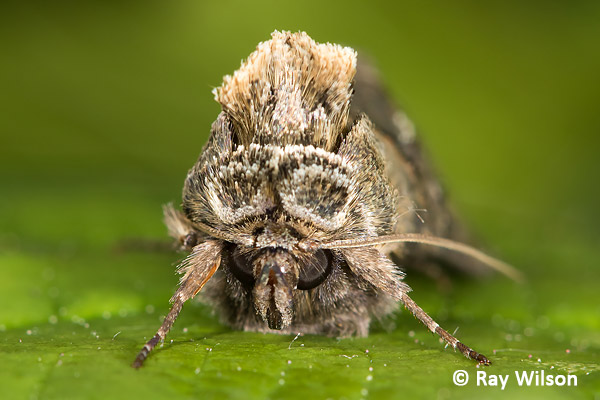
Spectacle (Abrostola tripartita)
The micromoths are often ignored by many lepidopterists, which I think is a real shame as many of them are far prettier than the majority of the macromoths. It does, however, require a decent amount of magnification to be able to fully appreciate their beauty as most of them are less than 5mm in length.
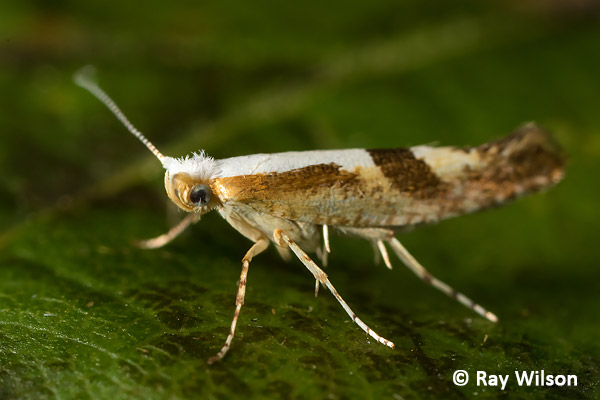
Cherry Fruit Moth (Argyresthia pruniella)
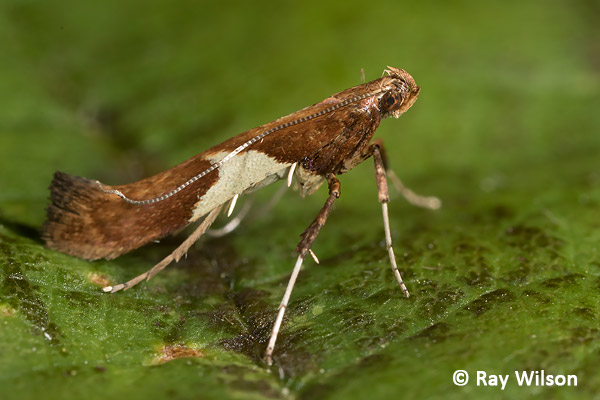
White-triangle Slender (Caloptilia stigmatella)
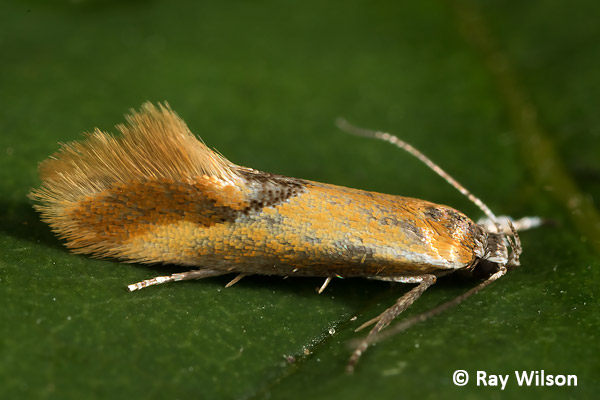
Lesser Tawny Crescent (Batia lunaris)
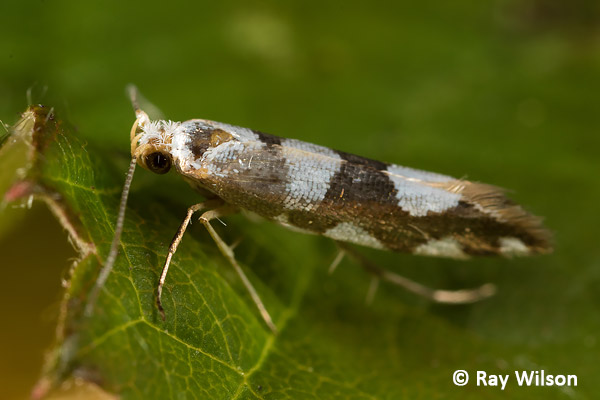
Argyresthia brockeella

Large Fruit-tree Tortrix (Archips podana)
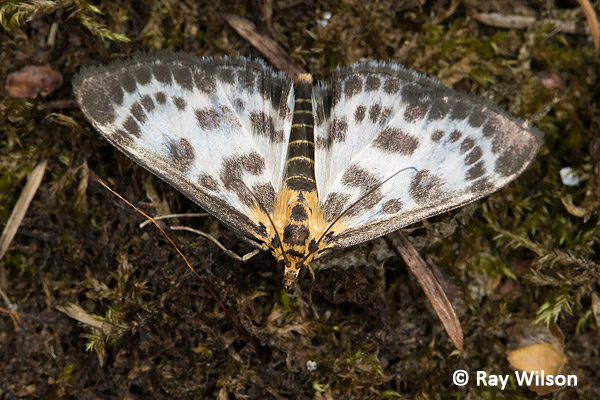
Small Magpie Moth (Anania hortulata)
Although classed as a micromoth, the Small Magpie Moth is larger than many macromoths.
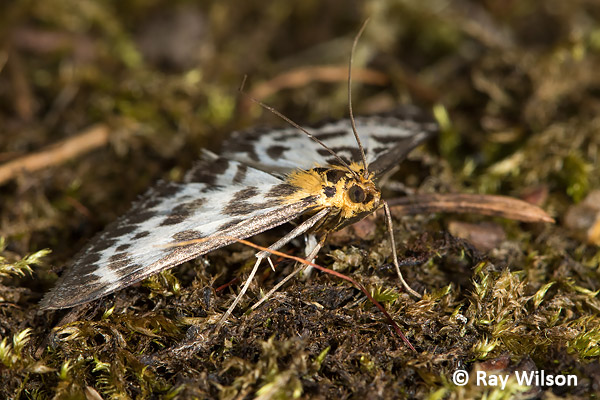
Small Magpie Moth (Anania hortulata)

Elderberry Pearl (Anania coronata)
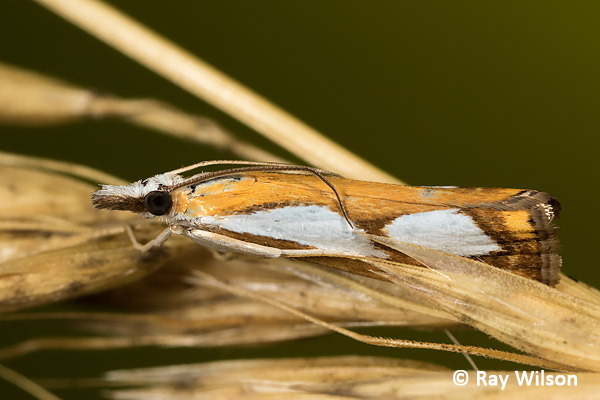
Pearl Grass-veneer (Catoptria pinella)

male Large White (Pieris brassicae)

male Large White (Pieris brassicae)
Ray Wilson owns the copyright of all images on this site.
They may not be used or copied in any form without prior written permission.
raywilsonphotography@googlemail.com